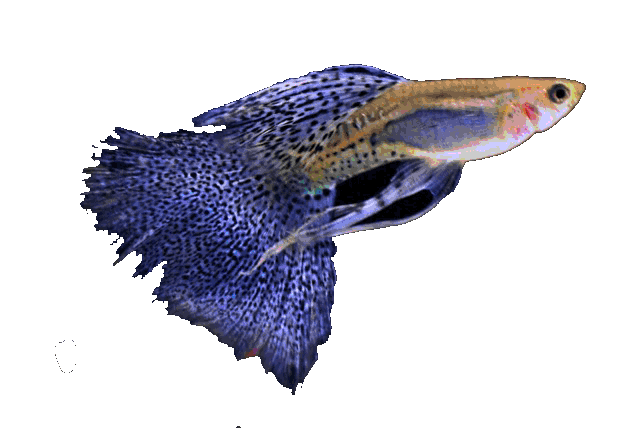



Basic data:
Scientific name: Hemirhamphodon phaiosoma (Bleeker, 1852)
Interpretation of words: Hemirhamphodon (hemi = pol , rhamphos = beak, odous = teeth )
Slovenian name: Red-striped pike
Group: Livebirds
Size: 5 to 6 cm
Biotope / Habitat : Streams near water level. Sweet water
Social behavior: Calm, compatible with other fish of its size
Diet: Surface food (fleas, larvae and insects, ...)
Cultivation: Medium difficult (3/5)
Aquarium: Minimum 100 cm in length
Population: group per 120 liters of water (4-6)
Decoration: Densely planted aquariums (floating plants) with space for swimming
Temperature: 24-27 ° C
pH: 5-7
Hardness: up to 3 - 14 ° dGh
Life span:
Synonymous
-
Hemirhamphus phaiosoma Bleeker, 1852
Kingdom: Animalia / animals
Trunk: Chordata / string players
Class: Actinopterygii / arthropods
Order: Beloniformes / needles and flyers
Family: Zenarchopteridae / freshwater beaked pike
Gender: Hemirhamphodon
Type: Hemirhamphodon phaiosoma (Bleeker, 1852)
Cultivation
We grow them in a larger, at least one meter long aquarium with not too high water levels, together with ground fish (Corydoras, Loricaria, ...) and calm, suitably large fish of their area ( Eirmotus spp., Danio spp., Oryzias spp.). The fish are very calm and cheerful in nature. The aquarium should be in a quiet location so as not to be afraid of sudden changes in the surroundings. There should be floating plants on the surface or plants whose leaves reach the surface (Ceratophyllum demersum). They like clean and soft water, preferably slightly colored. Peat filter recommended. They spend most of their time just below the surface of the water, where they prey on prey. They often jump out of the water, so we make sure that the aquarium is properly covered without open areas. The water flow should be medium strong. We breed one male for 3 females in a smaller aquarium, and in a larger one at least 6 fish in combination with other fish, this is highly recommended as the fish feel safer and the male's tendency to aggression and nervousness subsides. Fish are susceptible to lower jaw injuries.
If the aquarium is spacious and overgrown enough, we can have more males together.
The water when changing should be exactly the same as in the aquarium, deviations are difficult for fish to tolerate. Identical hardness, pH and temperature, we provide water rich in oxygen.
Fish suitable only for excellent connoisseurs of aquaristics.
Food
Almost exclusively live food, to get used to the frozen larvae, the food should be kept on the surface of the water.
(water fleas, micro-worms, ants, mosquitoes, ...)
They’re slow eaters, let’s make sure we don’t have them with other “greedy” fish together so they don’t eat their food.
Reproduction
The fish are viviparous. See the description of the family, little is known about the species in terms of reproduction.
Features
Very rare fish in aquaristics (most are wild or caught in the wild). Both sexes have a basic color of gray with a blue tinge, and through the lower jaw all the way to the caudal root there are two red horizontal lines in the male, the female has only one line. The dorsal and caudal fins are much larger than other species in the genus. The fins are translucent with an orange border. The body is long and thin, the lower jaw is quite long and particularly curved, which is one of the characteristics of this species. The dorsal and anal fins are shifted far back and almost touch the tail.
An example of the habitat of a species


